
When Joe Was Tough but Willing to Give
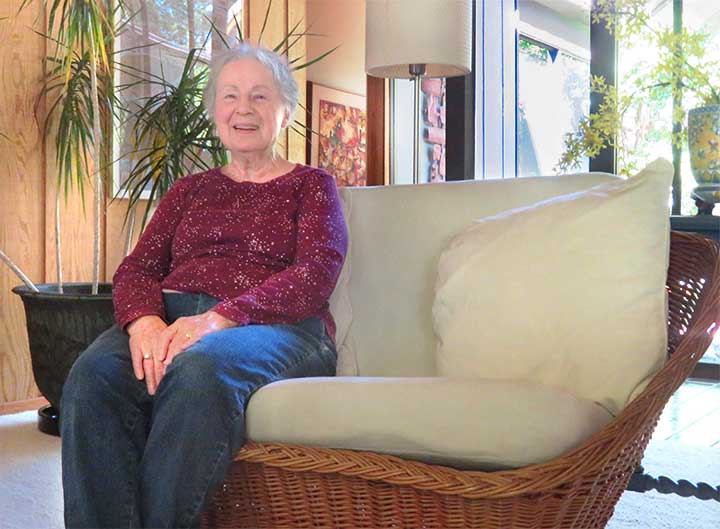 |
Maybe Joe Eichler had mellowed with age. It was 1973, he was 73, and could have retired comfortably. But he was still building homes and manning some sales offices himself.
And while still talking tough, Joe was willing to accommodate changes buyers asked for in house plans and features – something he rarely did back when Eichler Homes, Inc. was moving full bore, simultaneously building multiple large tracts all over the Bay Area and beyond.
Interviews with two women who bought homes from Joe with their husbands back in 1972 and ‘73 in the compact and unusual Community Center subdivision in Palo Alto provide a lively picture of Eichler at the end of his career – after control of his company, Joseph L. Eichler Associates, had been sold to another firm, and just a year before Joe died.
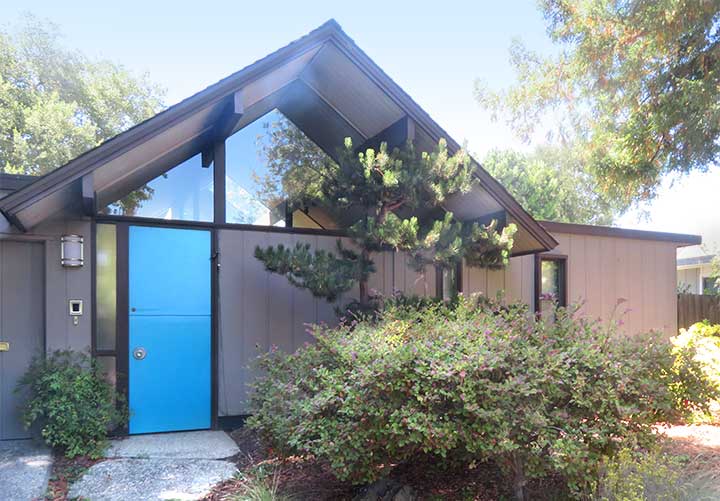 |
We see a man still committed to building a variety of homes and still working with his longtime architects to devise congenial plans and provide useful features. We see a man still bedeviled by occasional construction problems. And we see a man who seems to have enjoyed dealing with his customers – except when they sued him.
The Community Center Eichlers – built in a part of town that is home to such centers of the community as Rinconada Park and library, a swimming pool, an art center, the Junior Museum, and Stern Community Center – was underway around the same time as a handful of other small Eichler subdivisions.
Stephanie Grossman and her husband chose a model after meeting Joe at his office in Millbrae, then watched as it was built.
Stephanie wanted a number of changes in her plan, and Joe accommodated – some of them. “I didn’t want the family room kitchen [combination],” Stephanie says. “I wanted a separate family room. I think I have the only house with a separate family room.”
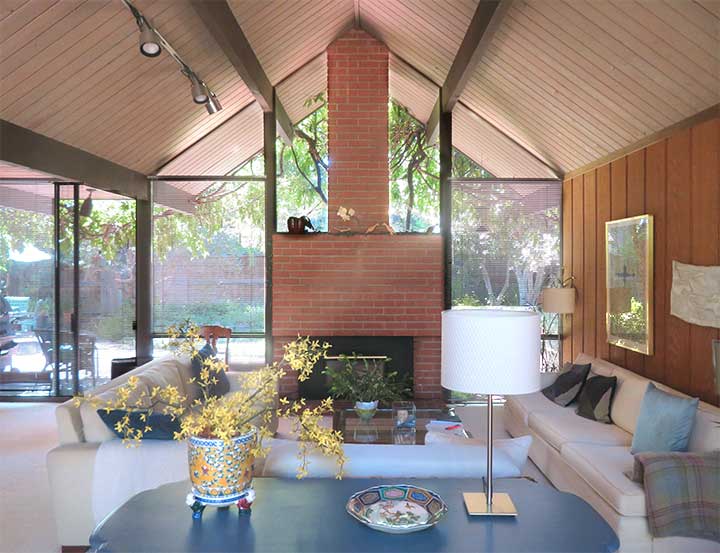 |
She had other suggested changes that Joe resisted.
“If we wanted any change, Joe would say, ‘If you don’t like it, I’ll give you your money back,’” Stephanie says. Since they had signed the sales contract, mortgage rates and housing process had gone up, so Joe could have sold the house for more than she and her husband were paying. “And my husband would say, ‘It doesn’t work that way, Joe.’”
Stephanie’s neighbor, Margaret Parra, another original owner, also wanted changes in her house plan and says of Joe:
“He had this sort of gruff kind of a face when he was negotiating. But I was really clear about what I wanted, and what I didn’t want ,and why I wanted it, and what my reasons were for that. And he gave me every single thing I wanted.”
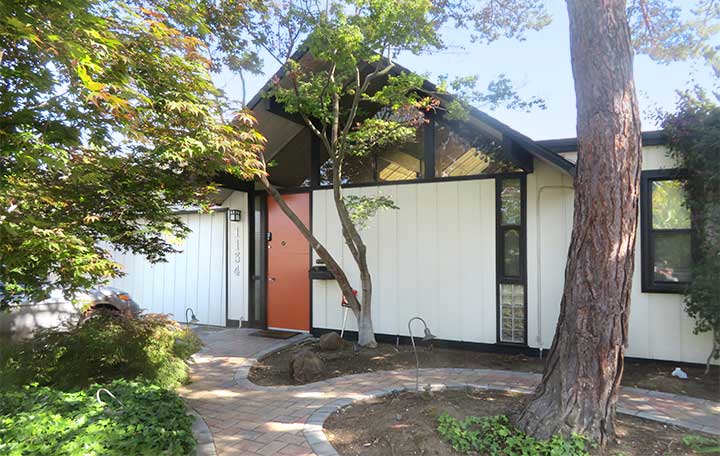 |
She wanted windows where the plan had no windows and doors where there were no doors. “That was a big fight, really,” she says of one request.
“I told him that I had these little kids, and after dinner, they were all revved up. They were running around to the house, and I was exhausted. So I said, ‘I really want doors there so that I can close the house off and isolate them.’”
“And he always had a comeback. ‘Well, you know, [the kids] grow up.’ And I said, 'Yeah, they grow up and I will be in Agnews [State Hospital] before they get to be much older, because I can’t stand that noise, and I don’t want to tell them not to have fun.' ”
Both women recall that one of the tract's homes was customized for a disabled couple, at a time long before accessibility laws made such modifications common. “The kitchen cabinets had walk-in showers,” Stephanie says. Cabinets were set at proper heights.
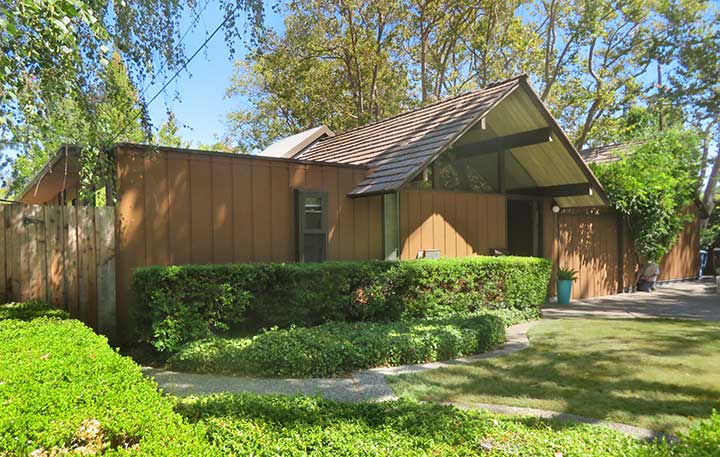 |
Relations between Joe and homeowners deteriorated after people arrived in their homes. “It was really damp in here. We moved in in December,” Margaret recalls. [Joe] said, ‘Well, you know, the concrete is still curing and this and that.’ And I said, ‘Well, yeah, but it’s freezing in here and there’s moisture dripping down the windows.’ ”
Stephanie says, “We could not keep the houses warm,” saying the boilers were inadequate. In addition, she adds, there were roof leaks.
Stephanie organized a lawsuit joined by several other neighbors, leading to a settlement providing homeowners funds to make improvements. Some put retractable roofs on their atriums to reduce heat loss.
The Community Center Eichlers come across today as a little oasis of mid-century modernism in an otherwise mostly older, traditional neighborhood. They can be found along Harriet Street between Greenwood and Parkinson Avenue; on Harker and Parkinson avenues east of Harriet; on Greenwood Avenue west of Harriet; and a few on Melville Avenue south of Greenwood.
- ‹ previous
- 637 of 677
- next ›



